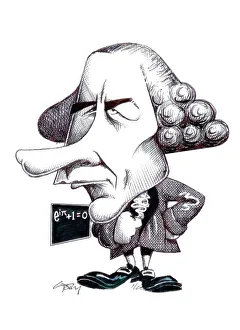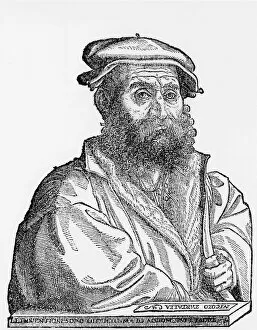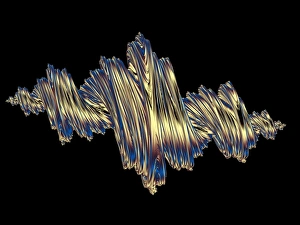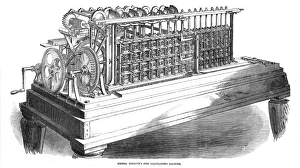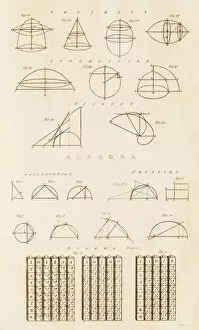Algebra Collection
"Unlocking the Language of Numbers: Exploring the Rich History of Algebra" Step into the world of algebra
All Professionally Made to Order for Quick Shipping
"Unlocking the Language of Numbers: Exploring the Rich History of Algebra" Step into the world of algebra, where equations come alive and numbers dance to their own rhythm. This captivating branch of mathematics has a fascinating history that spans centuries and continents. It all began with Evariste Galois, whose groundbreaking manuscript laid the foundation for modern algebra. His genius insights continue to shape our understanding today. Professor George Boole, a visionary mathematician from the 19th century, revolutionized algebra by introducing logic into its realm. His work on Boolean algebra paved the way for computer science and digital technology as we know it. Leonard Euler, depicted in a whimsical caricature, made significant contributions to algebraic theory during his prolific career. His brilliance illuminated countless mathematical concepts that still resonate with us today. Emmy Noether's photograph captures her indomitable spirit as she defied societal norms to become one of the greatest female mathematicians in history. Her profound insights into abstract algebra transformed our understanding of symmetry and conservation laws. The Greek letter Epsilon stands tall as an iconic symbol in algebraic notation. Its elegant curves represent unknown quantities waiting to be discovered through careful calculation and deduction. A statue dedicated to Al Khwarizmi honors this ninth-century mathematician who pioneered many fundamental concepts in algebra. From his work emerged algorithms that continue to drive technological advancements across various fields. Spanish architect Benito Bails' masterpiece "Elementos de Matematica" showcases how artistry intertwines with mathematics. Through stunning illustrations, he brings complex equations to life, making them accessible even to those unfamiliar with this intricate language. Innovation knows no bounds; Messrs Scheutzs' calculating machine demonstrates humanity's relentless pursuit of efficiency in solving complex problems using mechanical devices—a precursor to modern computers. Even popular songs have found inspiration from this mathematical marvel. Colorful lithographs depict melodies infused with numerical patterns—an artistic celebration merging the worlds of music and algebra.



